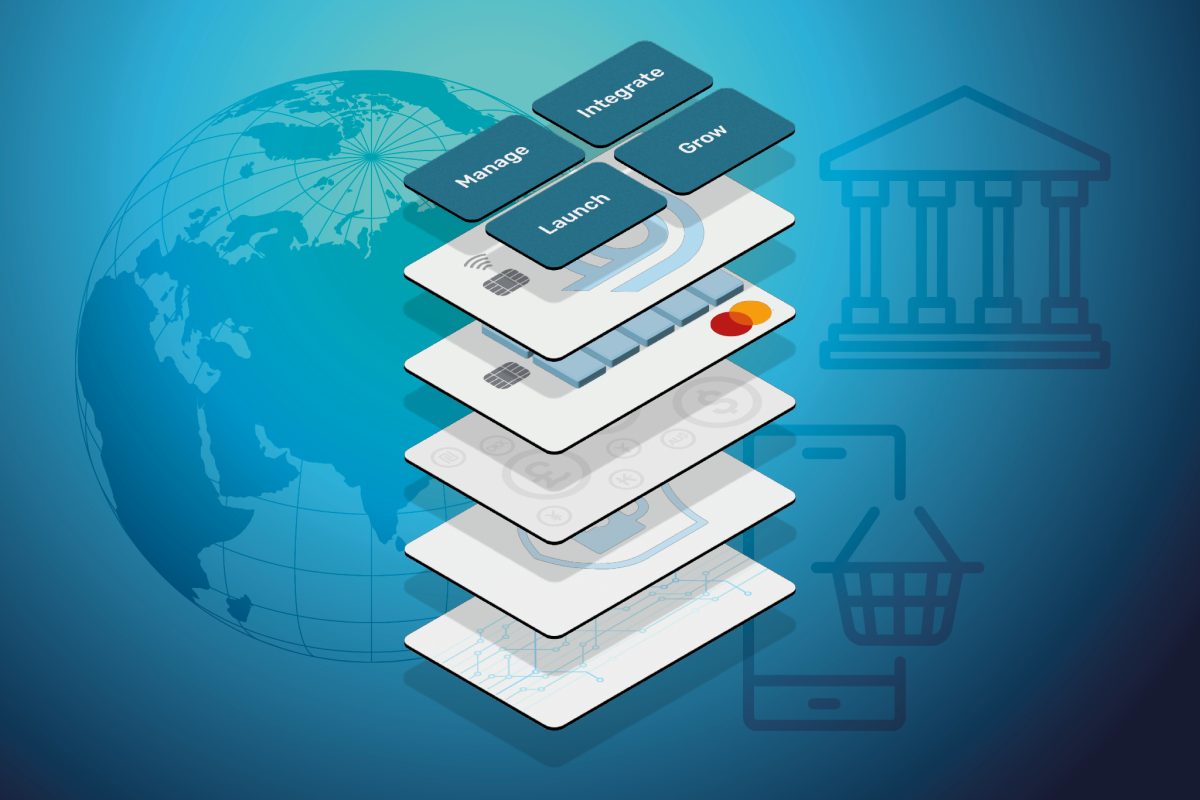Banking-as-a-Service (BaaS) vs. Open Banking: What’s the Difference?

The financial landscape is continuously evolving, propelled by innovation and driven by business demand for more accessible, efficient services. Two concepts leading this change are Open Banking and Banking-as-a-Service (BaaS). This blog aims to clarify these terms, explaining their distinct characteristics, benefits, challenges, and unique roles within the payments ecosystem.
Understanding Open Banking
Open Banking is a system where banks open up secure APIs to third-party developers. This innovation is a result of advancements in technology and changes in financial regulations, like PSD2 and PSD3, that mandate banks to share customer data in a secure manner.
Technical aspects of Open Banking
Open Banking operates using Application Programming Interfaces (APIs). APIs act as interfaces, allowing different software applications to communicate and share data with each other. In the context of Open Banking, APIs enable third-party developers to connect with a bank’s systems securely.
For instance, a financial management app developer can use a bank’s APIs to access account information or initiate payments on behalf of a customer, while maintaining the security and privacy of the customer’s data.
It means that consumers can use third-party apps to manage their finances, make payments, or even apply for loans, without ever leaving the app’s environment. The central role of APIs in Open Banking highlights the importance of designing and managing APIs effectively for both security and the customer experience.
Benefits of Open Banking
The most significant advantage of Open Banking is its capacity to drive competition and innovation. By opening up access to financial data, it creates a level playing field where even smaller tech companies can develop and launch competitive financial products.
It results in a broader choice for consumers, higher quality services, better pricing, and, ultimately, improved customer experience.
Open Banking promotes transparency, as customers gain the ability to compare different financial products and services and make more informed decisions. It enables financial institutions to collaborate, leading to more integrated services and the potential to unlock new revenue streams.
Challenges of Open Banking
Open Banking is not without its challenges. While 84% of banks worldwide have embraced Open Banking, there are concerns about trust among consumers, which has held back mainstream adoption. New research has revealed that only 16% of UK consumers believe it is safe, with 58% still struggling to understand what it is.
Another challenge is regulatory compliance. Open Banking is subject to strict financial regulations that vary by region, like PSD3 in Europe.
PSD3 (the third Payment Services Directive) is the latest proposed regulation by the European Union, which is expected to enhance the security of transactions, improve consumer rights and further level the playing field between banks and non-banks.
PSD3 aims to clarify and reinforce the use of Strong Customer Authentication (SCA) in online and contactless payments, enhancing security for consumers.
With a broader scope and more stringent regulations, ensuring compliance with PSD3 will be a significant challenge for businesses and regulators. There is a risk that some businesses may struggle to meet the new requirements, leading to potential penalties or sanctions.
Understanding Banking-as-a-Service (BaaS)
BaaS is a model where licensed banks integrate their digital banking services directly into the products of other businesses. It emerged from the need for a more efficient way for companies, particularly in the tech sector, to incorporate banking services into their offerings.
Technical aspects of BaaS
As with Open Banking, BaaS hinges on the successful implementation of APIs. In a BaaS model, APIs enable a seamless connection between businesses and banks. These APIs allow the secure transmission of data between the business’s customer-facing applications and the bank’s services.
A typical example could be an online retailer that uses BaaS to provide financial services to its customers. Through APIs, the retailer’s website or app can connect directly to banking services, enabling customers to apply for credit, make payments, or even open a new account without leaving the retailer’s platform.
Benefits of BaaS
BaaS offers several compelling benefits. The most prominent is the ability it gives non-financial businesses to provide banking services. By leveraging BaaS, these companies can integrate banking services directly into their products without the need to build these systems from the ground up or navigate the complex process of obtaining a banking license.
BaaS can also enhance customer experience and loyalty. Companies using BaaS can provide a more holistic customer experience by embedding financial services seamlessly into their existing offerings.
BaaS offers scalability. Companies can add or remove banking services as needed without significant infrastructure changes. It makes BaaS a cost-effective solution, especially for start-ups and growing businesses.
Challenges of BaaS
Like Open Banking, BaaS faces several challenges. It’s subject to the same rigorous regulatory requirements, including data protection laws and financial service regulations. Compliance can be complicated and require substantial resources.
Another challenge is the considerable investment required in technology and security. While BaaS providers handle much of this, businesses using BaaS services must ensure their systems are capable of integrating with the BaaS platform securely and efficiently.
Comparing Open Banking and BaaS
While both concepts leverage APIs and aim to transform the financial services industry, their primary difference lies in their application. Open Banking involves third parties creating services that link to banks, while in BaaS, the banks integrate their services directly into third-party businesses.
The unique roles of Open Banking and BaaS in the fintech ecosystem
In the fintech ecosystem, Open Banking acts as a catalyst for innovation, enabling third parties to design new customer-centric solutions. BaaS serves as a foundation for businesses to incorporate banking solutions, thereby expanding their service portfolio and creating additional revenue streams.
Technical comparison between Open Banking and BaaS
From a technical standpoint, both use APIs for integration. However, the approach to data sharing differs. Open Banking usually involves read access to data with customer permission, while BaaS generally involves more comprehensive access and integration with the bank’s systems.
Both are shaping the future of financial services
The financial sector stands at the cusp of a data-driven era, with Open Banking and Banking-as-a-Service (BaaS) at the forefront of this revolution. Both concepts, while distinct in their applications, share a common goal: to redefine the way consumers and businesses interact with financial services.
Open Banking democratises access to financial data, fostering innovation and competition, while BaaS provides a seamless integration of banking services into diverse business offerings.
Despite the challenges that both technologies face, the potential benefits—enhanced customer experiences, increased service diversity, and new revenue opportunities—far outweigh the hurdles. It’s evident that both Open Banking and BaaS will play pivotal roles in shaping the future of financial services.






